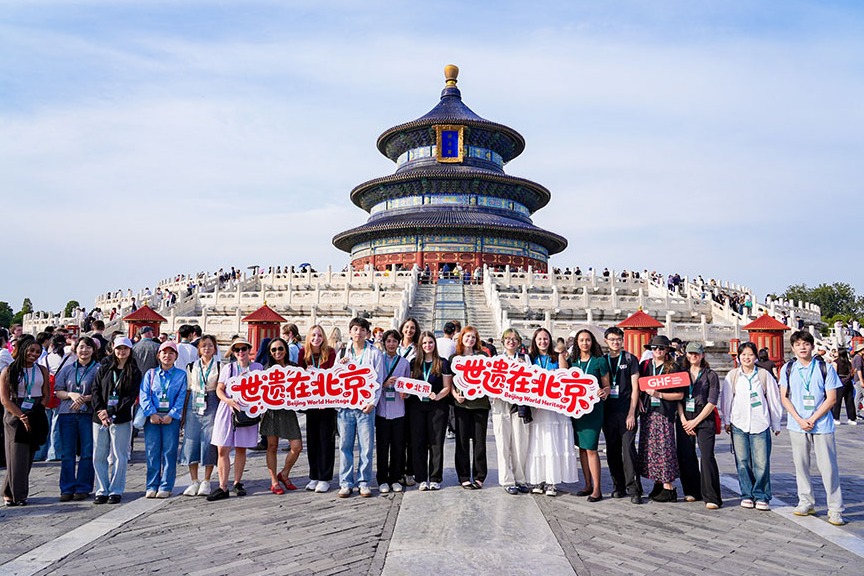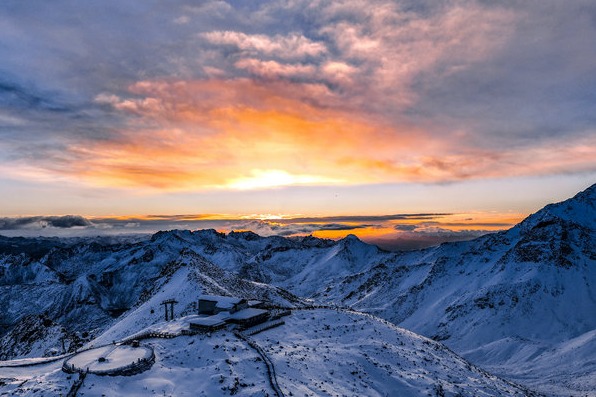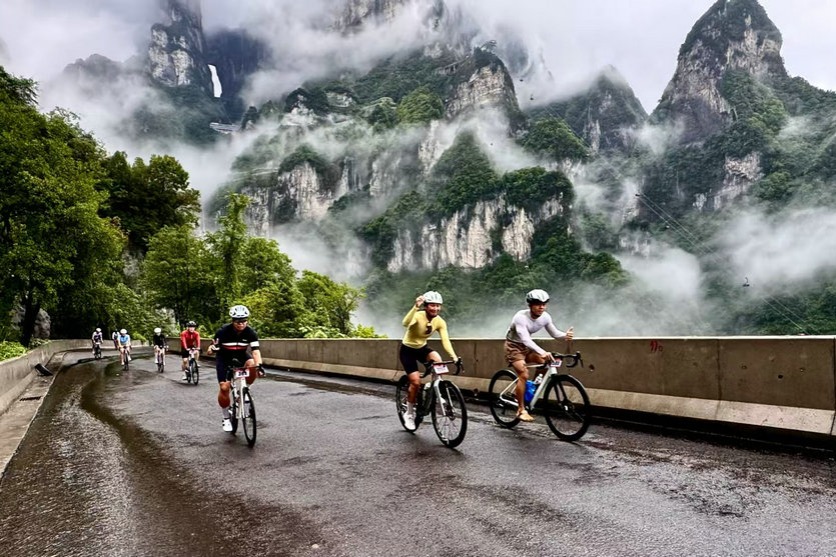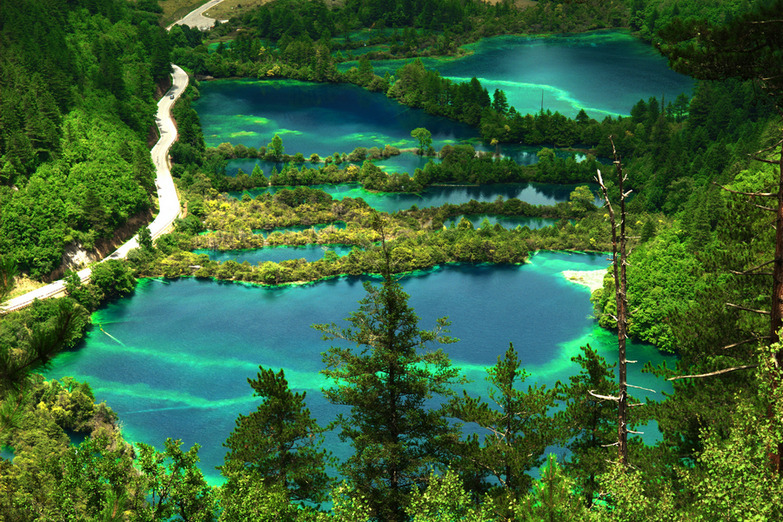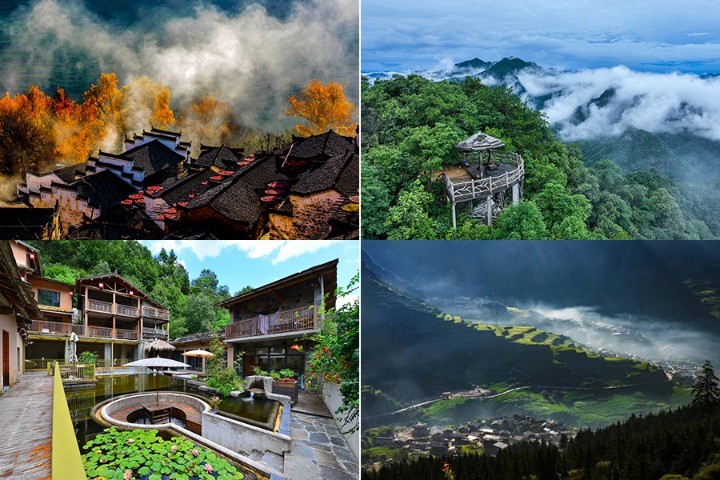Journey through time, stars and flavors
An odyssey of culture, nature and unforgettable moments in northwestern China, Deng Zhangyu reports in Dunhuang, Gansu.

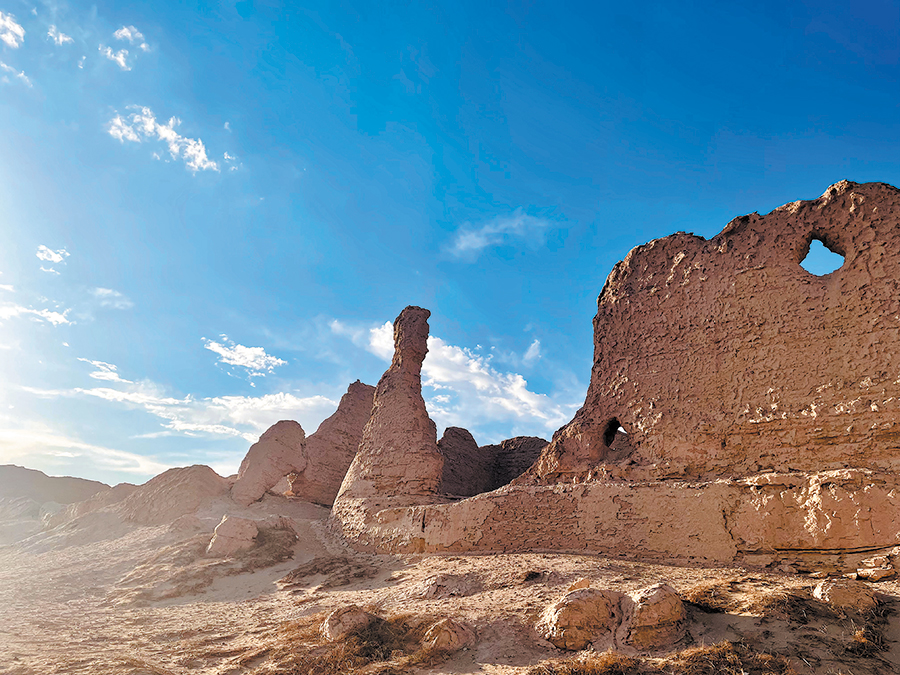
When most travelers think of Dunhuang in northwestern China's Gansu province, their minds instantly drift to the breathtaking cave art of the Mogao Grottoes — a UNESCO World Heritage Site adorned with vibrant murals and sculptures that whisper tales of ancient Buddhism.
As a repeat visitor to these artistic marvels, I decided to venture off the beaten path, this time at the tail end of summer, heading west into the vast Gobi Desert to uncover the hidden gems of history, nature and culture that lie beyond. This wasn't just a trip — it was an opportunity to explore the history and landscapes of China's western frontier.
The journey began with a drive out of Dunhuang, where the city roads soon gave way to the vast, open Gobi Desert. With nothing but sand stretching to the horizon, the scale of the landscape was both striking and humbling.
After two hours, the Yumen Pass emerged on the horizon — a relic that once served as a vital gateway on the Silk Road. Established during the Western Han Dynasty (206 BC-AD 24) under Emperor Wu, it was one of the two main passes (the other being Yangguan Pass) that merchants, travelers and diplomats used to enter and exit China.
Throughout its history, the Yumen Pass served as a military outpost, but it was more than just a checkpoint; it was a lifeline for trade and cultural exchange between the East and West, guarded by soldiers who ensured the safety of caravans laden with silk, spices and dreams of fortune.
Today, all that remains is a rectangular fortress of rammed earth, its walls weathered by centuries of wind and sand. Climbing onto the remnants, I was greeted by a panoramic view of the Gobi Desert — a sea of golden dunes merging with an azure sky, evoking visions of caravans with jingling camel bells and soldiers standing guard at the frontier.


















